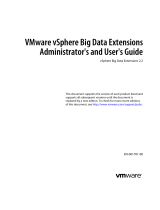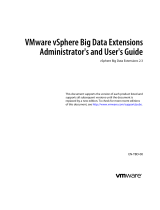
- 3 -
Table of Contents
Chapter 1 Getting Started ...............................................................................................5
1-1 Using Your Gigabyte Server Management ....................................................... 5
1-2 Hardware Requirement .................................................................................... 5
1-3 Software Requirement ..................................................................................... 5
1-3-1 Prerequisites on remote management server ..........................................................5
1-4 Installing Gigabyte Server Management (Windows) ........................................ 6
1-4-1 Installation Procedure ...............................................................................................6
1-5 Installing Gigabyte Server Management (Linux) ............................................ 10
1-5-1 Tomcat Installation Procedure ................................................................................10
1-5-2 PostgreSQL Installation Procedure ........................................................................10
1-5-3 Restore dbGSMv0XX.backup .................................................................................11
1-5-4 pgadminIII Installation Procedure (Optional) ..........................................................13
1-5-5 Login Gigabyte Server Management ......................................................................14
Chapter 2 Gigabyte Server Management .....................................................................15
2-1 Overview ........................................................................................................ 15
2-2 Enter Gigabyte Server Management ............................................................. 16
2-2-1 System Manager ....................................................................................................18
2-2-1-1 Information ..............................................................................................................19
2-2-1-2 Monitoring ...............................................................................................................20
2-2-1-3 Remote Access .......................................................................................................21
2-2-1-4 NetworkConguraiton ............................................................................................26
2-2-1-5 Event Log ...............................................................................................................27
2-2-1-6 Alert Management ..................................................................................................28
2-2-1-7 Updates ..................................................................................................................30
2-2-2 Group Manager ......................................................................................................32
2-2-3 Alert ........................................................................................................................34
2-2-4 Account ...................................................................................................................35
2-2-5 Preference ..............................................................................................................36
2-2-5-1 IP Range .................................................................................................................37
2-2-5-2 Event Log ...............................................................................................................38
2-2-5-3 Alert Management ..................................................................................................39
2-2-5-4 Database ................................................................................................................42
2-2-5-5 Properties ...............................................................................................................43
2-2-5-6 Update ....................................................................................................................44
2-2-6 Help ........................................................................................................................45
Chapter 3 Appendix ......................................................................................................46
3-1 Event Log List ................................................................................................ 46






















